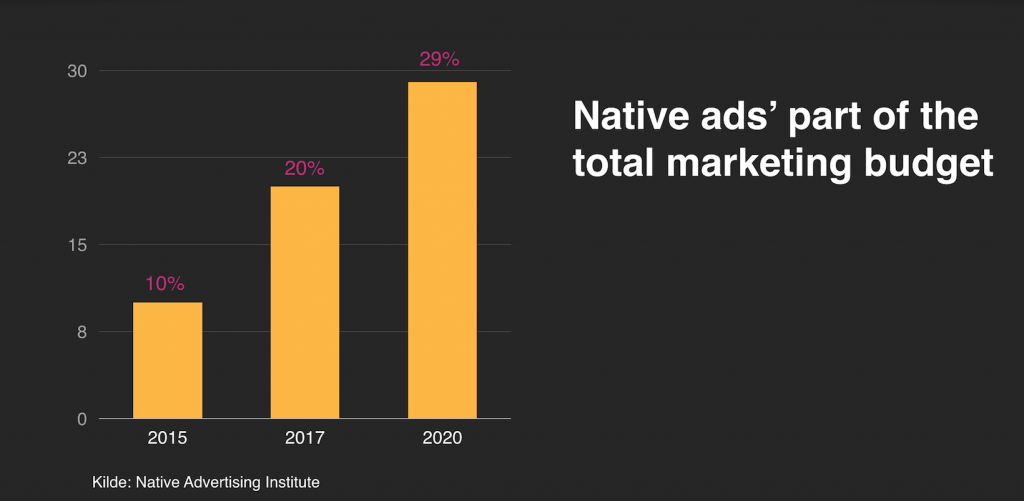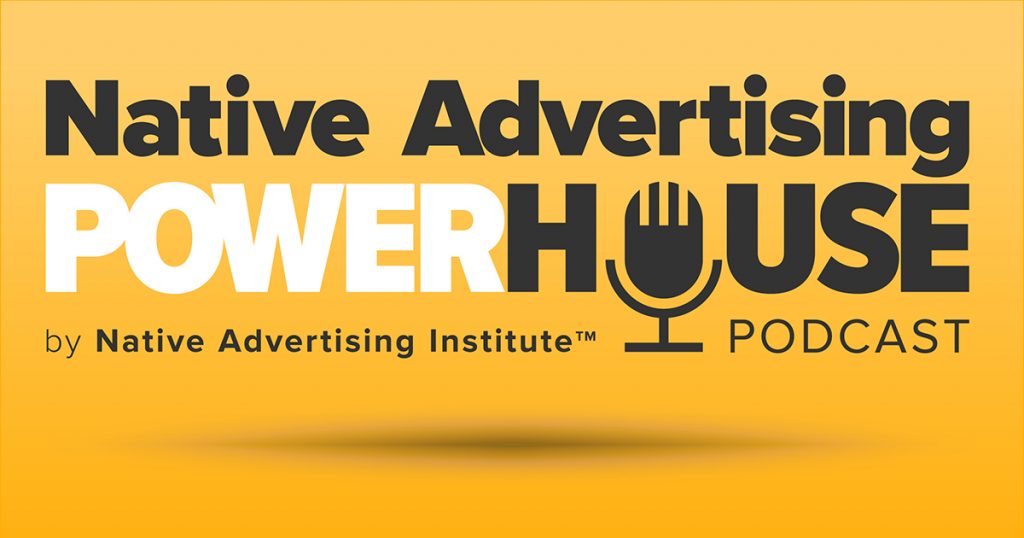
 Details
Details
The television industry is facing multiple challenges, whether it is budget cuts, a decreasing flow audience, television commercials losing terrain, etc.
Key players in the industry have acknowledged these challenges and have expressed the following:
"It requires new investments in digital platforms in order to be where the user is" -- Lars Mossing, Vice President, Free TV MGT
Lars Konzack, Professor at the University of Copenhagen, went even further when commenting on the future of traditional television stations:
"I can easily imagine them disappearing completely. Maybe some will survive by delivering cheap, comprehensive, superficial entertainment but they will lose most of their power."
The TV industry is facing multiple present challenges that have occurred at a rapid speed. It is about time to figure out what to do.
These statements of experts in the field have a clear similarity in opinions, which comes as no surprise. A study conducted by Wilke found that the number of Danes who solely watch flow TV has dropped remarkably. While 42% were exclusive flow TV viewers in 2016, the number had dropped to 16% in 2017.
The companies reaping the profit from this major societal change are the streaming services such as Netflix and Youtube. Even an 'ordinary' B2C company like Amazon is now a supplier of live pictures.
This means that the TV industry is facing multiple present challenges that have occurred at a rapid speed. It is about time to figure out what to do.
{{cta('ac92fbe3-99a6-402d-a86c-ecbba6b64afe')}}
The digital industry is dealing with challenges such as ad blocking, banner blindness and advertisement fraud, but have tapped into native advertising.
Valuable content does not interrupt
The TV industry is not the only industry facing the challenges derived from changed consumer habits. A number of other industries have been facing them too and have addressed and reacted to these said challenges - successfully.
Common for these industries is that they have made use of the opportunities provided by native ads.
RELATED: A Truly Excellent Concept Needs Creative Space, Distribution and Optimisation
The digital industry is dealing with challenges such as ad blocking, banner blindness and advertisement fraud, but have tapped into native advertising.
The magazine industry is another industry that quickly took native ads on board. And the revenue is booming. The Native Advertising Institute has conducted a study in 53 countries, which concluded that the total ad spending revenue would double from 21% in 2016 to 40% in 2020.

Why shouldn't the TV industry also benefit from native ads as other similar industries?
In general, the TV industry doesn't seem to have advanced nor followed the trends in regard to native advertising.
Opportunities
In general, the TV industry doesn't seem to have advanced nor followed the trends in regard to native advertising.
In the following section, I have listed five opportunities, which hopefully entices interest. The first three opportunities can be exposed on the TV supplier's entire digital platform and the advertisers' marketing channels as well.
1. Programs funded by advertisers
Here, the advertiser and the producer are working together on creating engaging video content.
2. Sponsored content
An example of this is a food advertiser creating a video regarding the theme of food waste, which is then distributed on relevant media.
RELATED: Three Macro Trends for Your Native Content to Tap Into in 2019
3. Shorts
These are digital formats of e.g. 15 seconds. A format that most of us already know from Youtube and which are often used on social media.
4. Commercial-free broadcasting
Fox Sports, for example, works with commercial-free broadcasting. Imagine this: You are watching a football game. But instead of being interrupted by commercials, there is a direct return to the studio. This time, the commentators are debating an analysis that is sponsored by an advertiser.
5. Content-based commercials
CNN has chosen to halve the number of commercials they show and instead turn towards longer, content-based commercials.
You can only truly create value for your audience if you know and understand whom the audience is.
6 tips for native ads
Below, I have listed six tips which are found particularly relevant for people that are new to native ads.
1. Production entity or an end-to-end solution?
Here, one must consider whether the responsibility of the commercial broadcaster should be limited to producing the content, or whether it should also be in charge of distribution and questions regarding property and rights.
2. New competencies
Establishing commercial competencies that are matching the ad buyers should be seen as an investment and is worth the money - especially when it comes to consulting and reporting.
3. Know your audience and create value
You can only truly create value for your audience if you know and understand whom the audience is.
RELATED: Saving the Future of Native Advertising - with Tech
4. Determine goals and objectives
Regarding this matter, native advertising is similar to any other form of commercial communication. You must know what you want to achieve and why you are communicating as you are.
5. Tell a story
Storytelling is vital. Having a good story is the first step towards successful commercial communication. You're used to this already.
6. Engage the consumer
Most content is produced for digital media platforms, which are know to be more effective when it comes to engaging the audience through comment sections, sharing, liking, etc. Use this to your advantage.
A successful example
CNN is an example of someone in the TV industry that has picked up native advertising early - and has had success with it.
CNN International Commercial's branded content studio, Create Group, has grown from its debut as an international studio for high-end television commercials to a global content studio spanning multiple platforms.
RELATED: Why Honesty Is the Key to Successful Native Advertising
The studio's first venture in the world of native advertising was ten years ago. Since then, native ads have become vital to Create Group and CNN. In fact, as of 2016, 54% of all advertising revenue at CNN International came from deals that incorporated branded content made by deals from Create.
As James Hunt, VP of CNN's international studio, Create Group says, "Branded content and native advertising have exploded in the last couple of years. It is an upward trend that other publishers are also experiencing."
The only thing left to say is good luck with your future success. It is about getting to it while you can.





